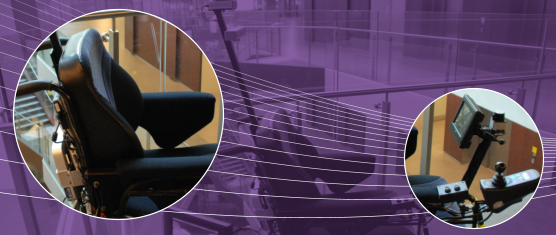R. Chai, S. H. Ling, G. P. Hunter, Y. Tran, and H. T. Nguyen

This paper presents the classification of a three-class mental task-based brain computer interface (BCI) that uses the Hilbert-Huang transform (HHT) for the features extractor and fuzzy particle swarm optimization with cross mutated-based artificial neural network (FPSOCM-ANN) for the classifier. The experiments were conducted on five able-bodied subjects and five patients with tetraplegia using electroencephalography (EEG) signals from six channels, and different time-windows of data were examined to find the highest accuracy.
For practical purposes, the best two channel combinations were chosen and presented. The three relevant mental tasks used for the BCI were letter composing, arithmetic and Rubik’s cube rolling forward, and these are associated with three wheelchair commands: left, right and forward, respectively. An additional eyes closed task was collected for testing and used for on-off commands. The results show a dominant alpha wave during eyes closure with average classification accuracy above 90%. The accuracies for patients with tetraplegia were lower compared to the able-bodied subjects; however, this was improved by increasing the duration of the time-windows. The FPSOCM-ANN provides improved accuracies compared to genetic algorithm-based artificial neural network (GA-ANN) for three mental tasks-based BCI classifications with the best classification accuracy achieved for a 7s time-window: 84.4% (FPSOCM-ANN) compared to 77.4% (GA-ANN). More comparisons on feature extractors and classifiers were included. For two channels classification, the best two channels were O1 and C4, followed by second best at P3 and O2, and third best at C3 and O2. Mental arithmetic was the most correctly classified task, followed by mental Rubik’s cube rolling forward and mental letter composing.
Tags: Hilbert-Huang transform (HHT), artificial neural network (ANN), brain-computer interface (BCI), electroencephalography (EEG)

